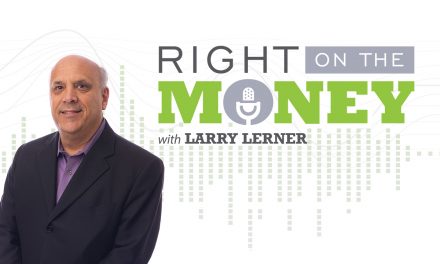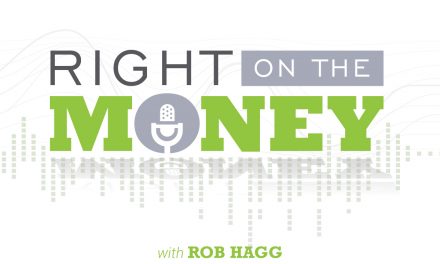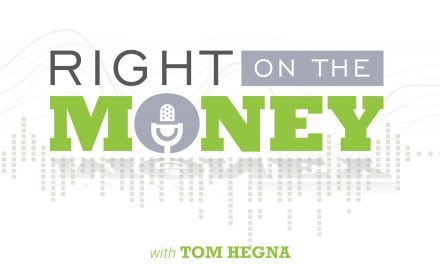Designing an Optimal Life Insurance Policy for Tax-Deferred Cash Accumulation and Tax-Free Distributions
Designing an efficient cash-centric life insurance policy is an engineering marvel for those mortality mechanics who understand the blue prints of insurance regulation and the tax code—not just any insurance professional will do. It must be designed by a professional who understands all the moving parts of the policy and the rules that govern these types of contracts. If designed correctly, it is almost undefeatable. If designed incorrectly, it’s always indefensible.
A non-modified endowment, cash-value life insurance contract kept in force for the life of the policy insured can generate tax-free distributions. That’s the disclosure. Here’s the caveat: most insurance professionals and financial advisors don’t possess the skill sets for optimal cash-centric design, nor the rule and regulations that govern these contracts. Watch the interview with popular platform speaker, asset management and life insurance specialist Rob Hagg as he addresses how creating a low-cost life insurance policy can deliver an optimal return.
There are hundreds of life insurance companies that offer differing crediting methods for their income-oriented policies, but in reality, there are a dozen contracts worth reviewing that are competitive in their featured product lines and have some consumer history a potential policy owner can appreciate.
All financial products have costs associated with them. Managing the cost of insurance in a permanent cash-value policy is the singular most important item in constructing an efficient contract. The goal is to determine who in the family has the lowest cost of insurance. In general terms, females have lower costs than their same-age male counterparts. The health underwriting also seems to favor females over males. So in most cases, female insureds are less expensive compared to males.
The next step is a little heady. You need to determine the contribution schedule. That’s easy. But then you need to calculate the lowest death benefit with the best death benefit option under the TAMAR provisions to maintain its non-modified endowment status. The third step is to discover which regulation is the most cost-effective: the guideline annual or the cash-value accumulation test. This is where you need a specialist. Many insurance professionals tout their knowledge in this area, but most “income” polices are not optimized and result in unnecessary costs.
Before you venture into the realm of tax-free income via cash-value life insurance or you desire a review of an existing contact, email [email protected].
Non-Modified Endowment Life Insurance Contracts are comprised of two types of tax-free distributions: one is tax-free basis; the other is a tax-free collateralized policy loan. To ensure tax-free distributions, Non-Modified Endowment Life Insurance Contracts must be kept in force for the life of the policy insured.
Nationally syndicated financial columnist Steve Savant interviews with popular platform speaker, asset management expert and life insurance specialist Rob Hagg. Right on the Money is a weekly one-hour online broadcast for TV and radio distribution. The show contains five ten-minute segments that are redistributed online as individual video press releases.




